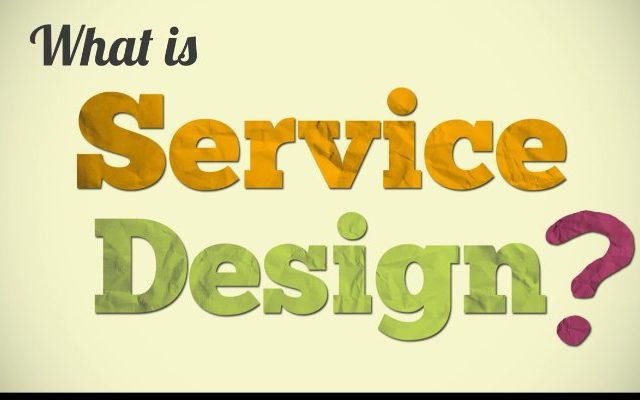Service design is a human-centered approach that starts with an obsession about customer experience and the ability to deliver quality as a key value of success. For many organizations, service design focuses on evolving product-focused businesses into service-oriented ones through the use of effective design and superior customer experience.
Core Elements of Successful Service Design
- Understanding the customer’s needs: definition of possible service scenarios, verifying use cases, and sequences of actions and actors’ roles in order to define the requirements for the service and its logical and organizational structure.
- Building a defensible, customer-driven business case to evangelize the concept and gain buy in.
- Understanding current people, process, practices and systems including physical elements, interactions, logical links and temporal sequences.
- Visualizing the desired customer experience.
- Building an execution/implementation plan to deliver quick results.
(Sources: live|work & Wikipedia)
Service Design Definitions
- The application of established design process and skills to the development of services. It is a creative and practical way to improve existing services and innovate new ones. (Stefan Moritz)
- A form of conceptual design that involves the activity of planning and organizing people, infrastructure, communication and material components of a service in order to improve its quality and the interaction between the service provider and its customers. (Wikipedia)
Relevant Service Design Statistics
- Mobile devices now account for nearly 2 of every 3 minutes spent online. (Source:comScore)
- 51% of people think “thorough contact information” is the most important element missing from many company websites. (Source: KoMarketing)
- Once on a company’s homepage, 86% of visitors want to see information about that company’s products/services. (Source: KoMarketing)
- Once on a company’s homepage, 64% of visitors want to see the company’s contact information. (Source: KoMarketing)
- After reaching a company’s website via a referral site, 50% of visitors will use the navigation menu to orient themselves. (Source: KoMarketing)
Take Aways
- Develop a design culture. Consideration for employee competencies and an environment that assists to enhance innovation and a language rooted in customer experiences and needs is critical to successful service design thinking.
- Candidly assess your internal capabilities and partner to augment needed service design skills. Organizations need to know their internal strengths and consider alliances to deepen competencies and bring their service design solutions to fruition.
- Be nimble. Creating new and improving existing services that are useful and in demand requires effective and efficient design. Remain focused on flexibility and agility in your service design philosophy and approach.
Additional community resource: Service Design Network (SDN) / Manifesto
Article by channel:
Everything you need to know about Digital Transformation
The best articles, news and events direct to your inbox
Read more articles tagged: Featured






